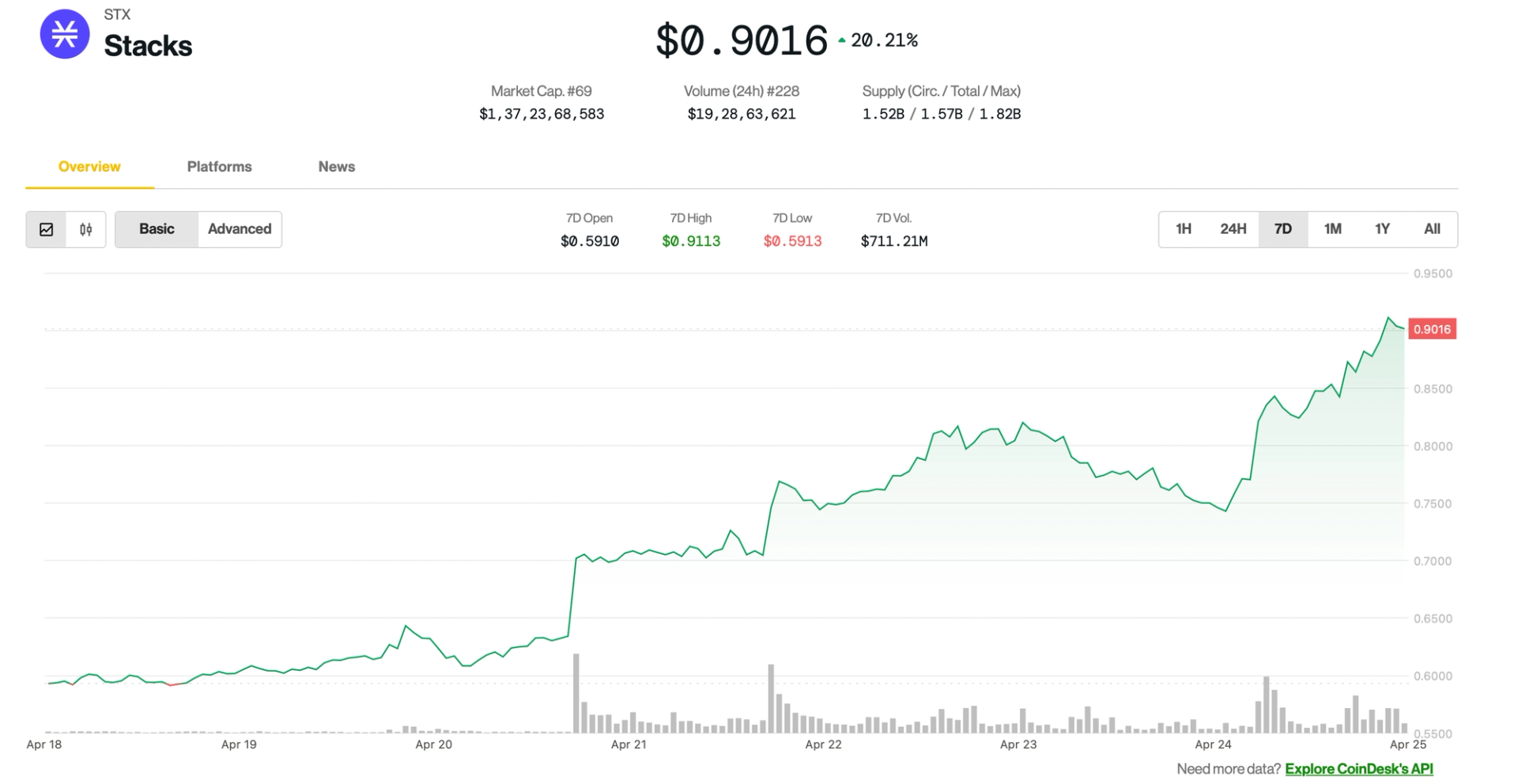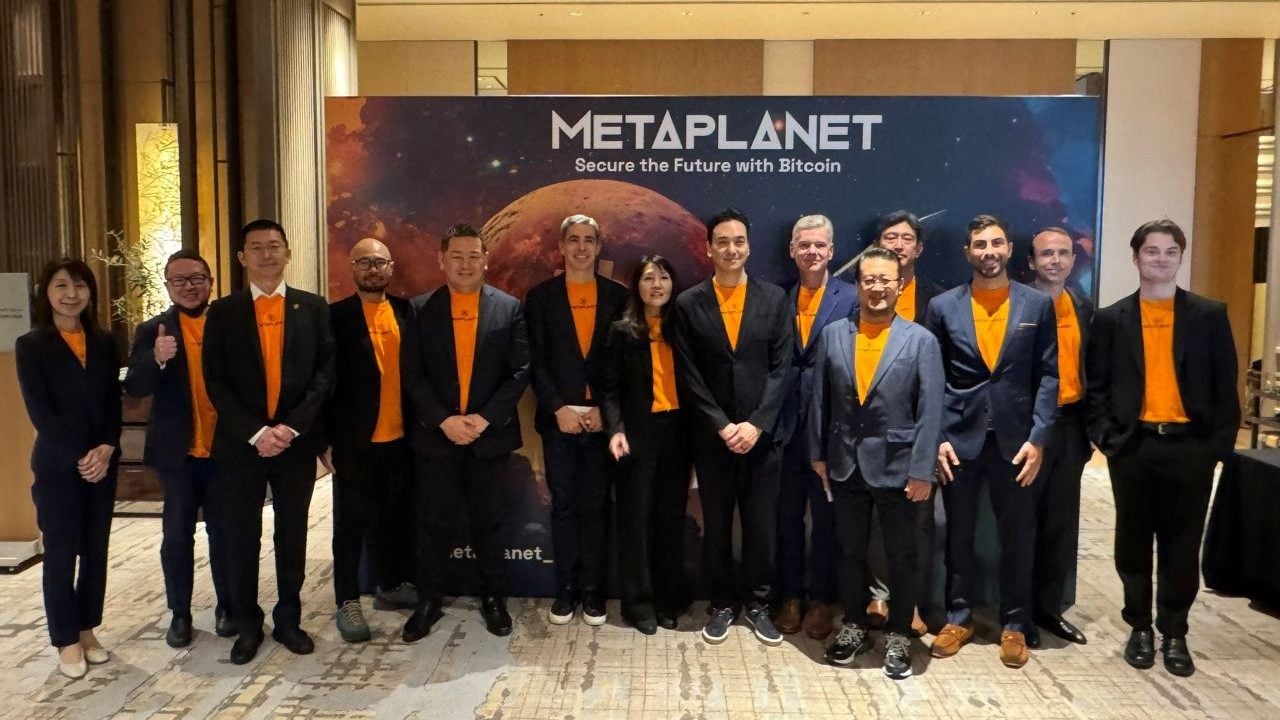Why the Future of Web3 Belongs to Ecosystems
As Web3 evolves, one thing becomes increasingly clear — the next wave of winners won’t be those offering isolated products, but those building interconnected ecosystems. In a landscape driven by decentralization, user autonomy, and interoperability, ecosystems are no longer just a strategic advantage — they’re becoming the foundation of sustainability and growth. Web3 projects are now racing to offer more than a single service. They’re building full-service infrastructures: wallets, exchanges (CEX and DEX), payment systems, DeFi layers, and native tokens that interlink seamlessly. The goal? Create a frictionless, all-in-one environment where users don’t need to leave the platform to explore or interact with blockchain-based tools. And it’s not just about convenience — it’s about liquidity and capitalization. A strong ecosystem retains users, encourages longer engagement, and creates internal liquidity loops. This, in turn, attracts institutional interest, stimulates token utility, and helps projects weather market volatility. In Web3, value isn’t just held in assets — it’s embedded in experience. As highlighted in this analysis, the most capitalized platforms today are those that have turned ecosystem thinking into long-term strategy. By connecting their products, brands can scale faster, retain more users, and tap into institutional capital without sacrificing decentralization principles. As we move deeper into 2025, expect the best-performing tokens to come not from isolated use cases, but from ecosystems built to last.

As Web3 evolves, one thing becomes increasingly clear — the next wave of winners won’t be those offering isolated products, but those building interconnected ecosystems. In a landscape driven by decentralization, user autonomy, and interoperability, ecosystems are no longer just a strategic advantage — they’re becoming the foundation of sustainability and growth.
Web3 projects are now racing to offer more than a single service. They’re building full-service infrastructures: wallets, exchanges (CEX and DEX), payment systems, DeFi layers, and native tokens that interlink seamlessly. The goal? Create a frictionless, all-in-one environment where users don’t need to leave the platform to explore or interact with blockchain-based tools.
And it’s not just about convenience — it’s about liquidity and capitalization. A strong ecosystem retains users, encourages longer engagement, and creates internal liquidity loops. This, in turn, attracts institutional interest, stimulates token utility, and helps projects weather market volatility.
In Web3, value isn’t just held in assets — it’s embedded in experience.
As highlighted in this analysis, the most capitalized platforms today are those that have turned ecosystem thinking into long-term strategy. By connecting their products, brands can scale faster, retain more users, and tap into institutional capital without sacrificing decentralization principles.
As we move deeper into 2025, expect the best-performing tokens to come not from isolated use cases, but from ecosystems built to last.






































































































































































![[The AI Show Episode 144]: ChatGPT’s New Memory, Shopify CEO’s Leaked “AI First” Memo, Google Cloud Next Releases, o3 and o4-mini Coming Soon & Llama 4’s Rocky Launch](https://www.marketingaiinstitute.com/hubfs/ep%20144%20cover.png)





















































































































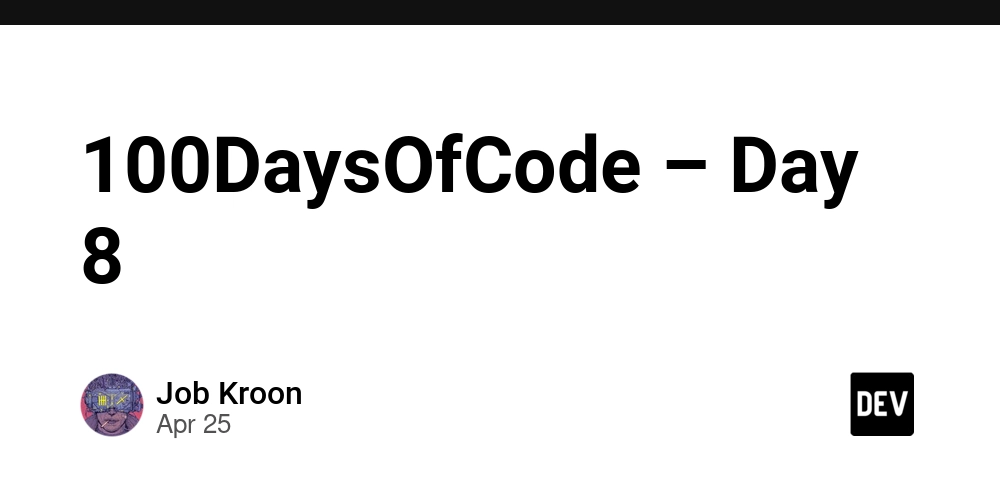



























































































































.jpg?#)




























































































































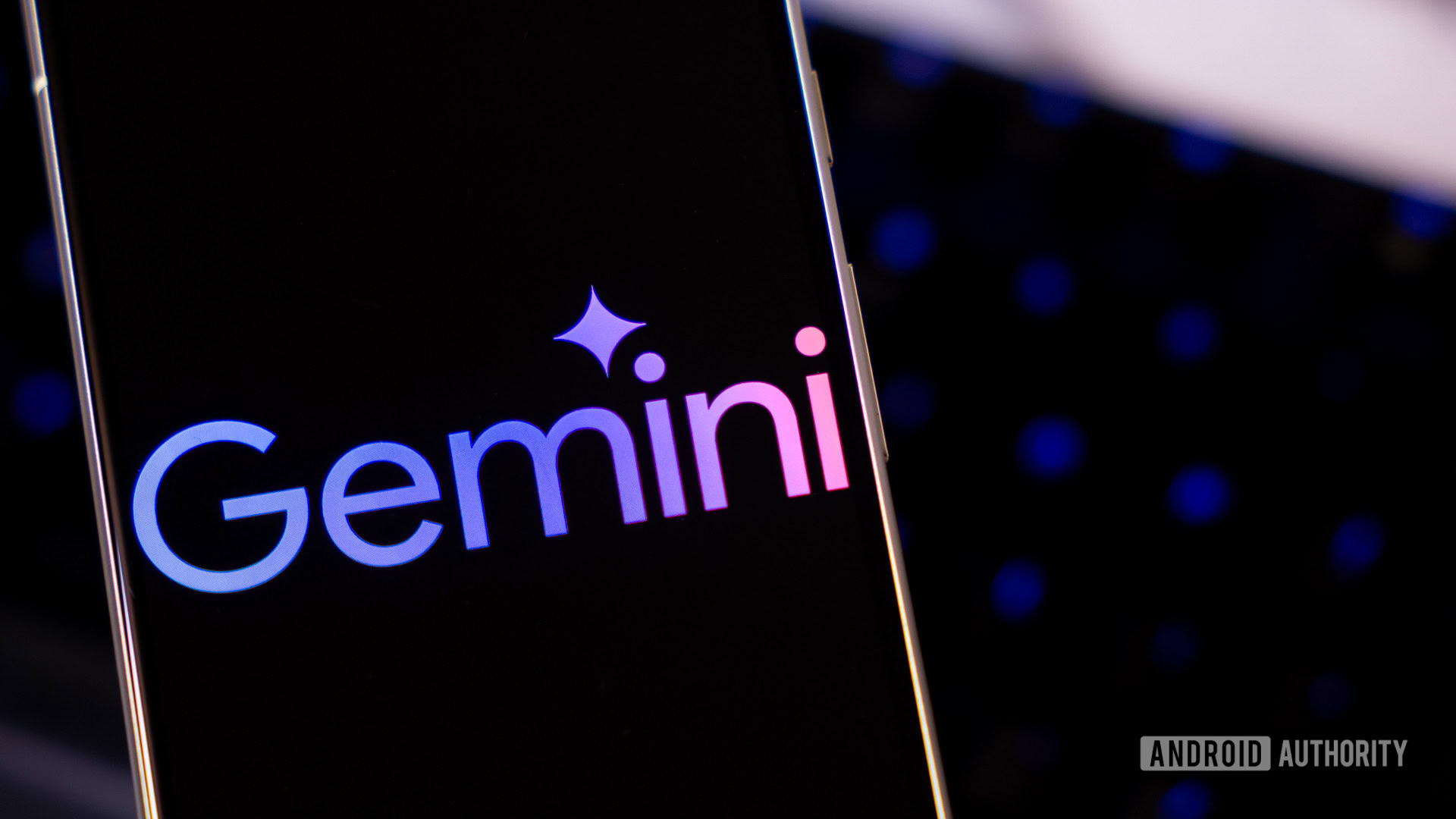


















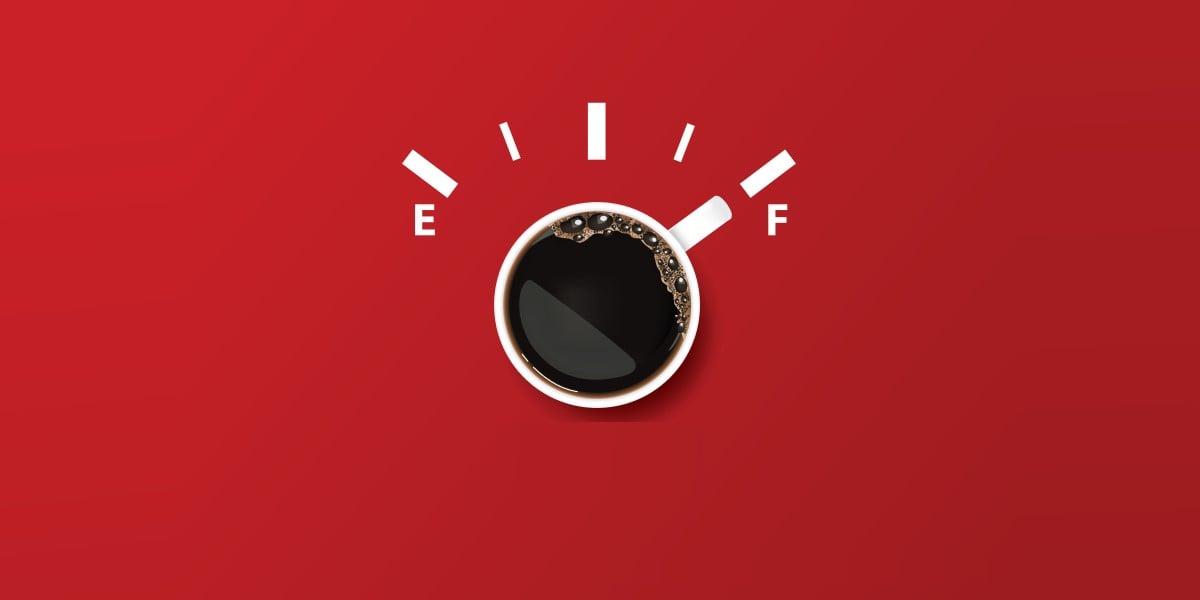


![Apple to Shift Robotics Unit From AI Division to Hardware Engineering [Report]](https://www.iclarified.com/images/news/97128/97128/97128-640.jpg)

![Apple Shares New Ad for iPhone 16: 'Trust Issues' [Video]](https://www.iclarified.com/images/news/97125/97125/97125-640.jpg)
































































































